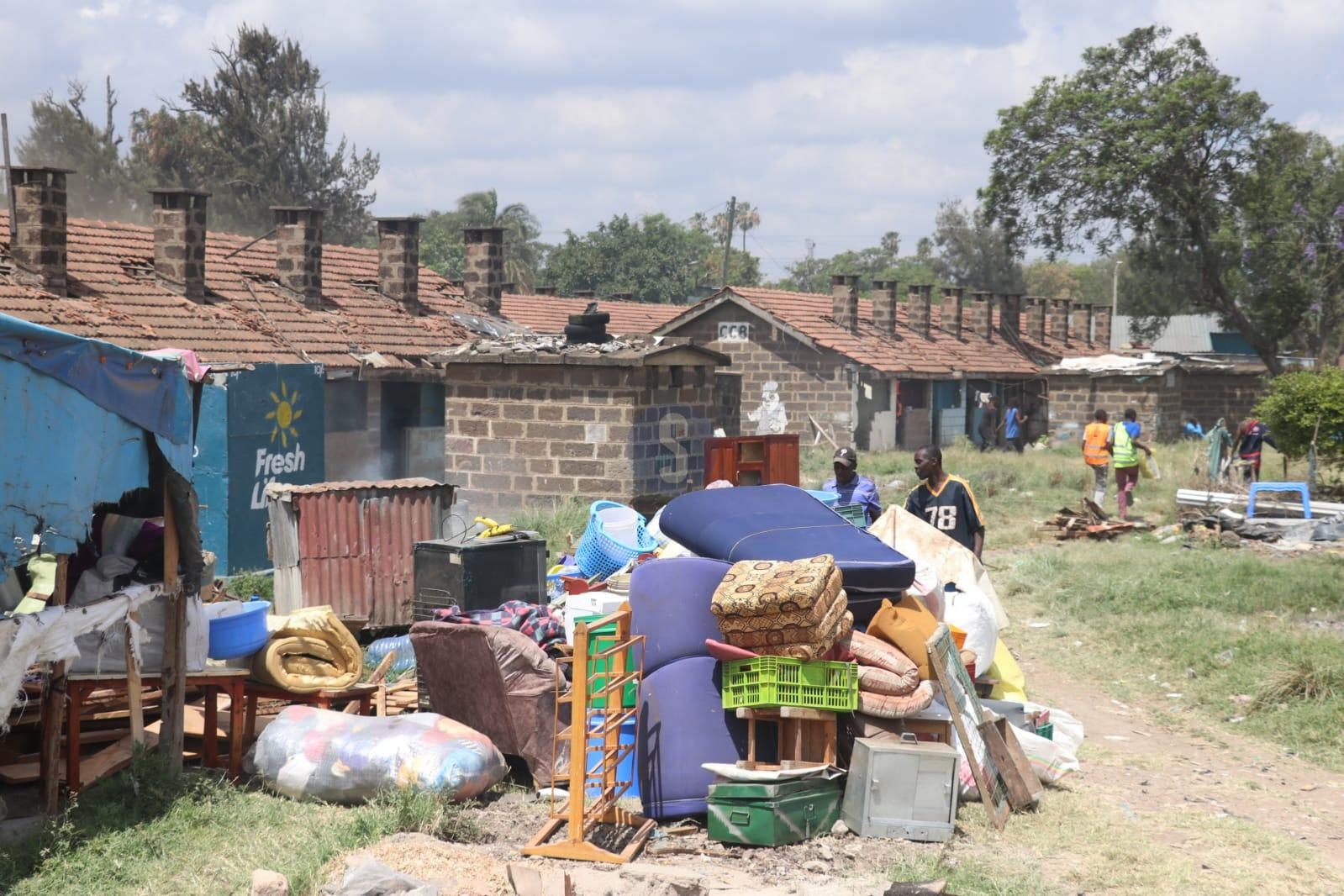 Community
organizations being awarded at the Baraza International Conference Center in
Kilifi on Friday / BRIAN OTIENO
Community
organizations being awarded at the Baraza International Conference Center in
Kilifi on Friday / BRIAN OTIENO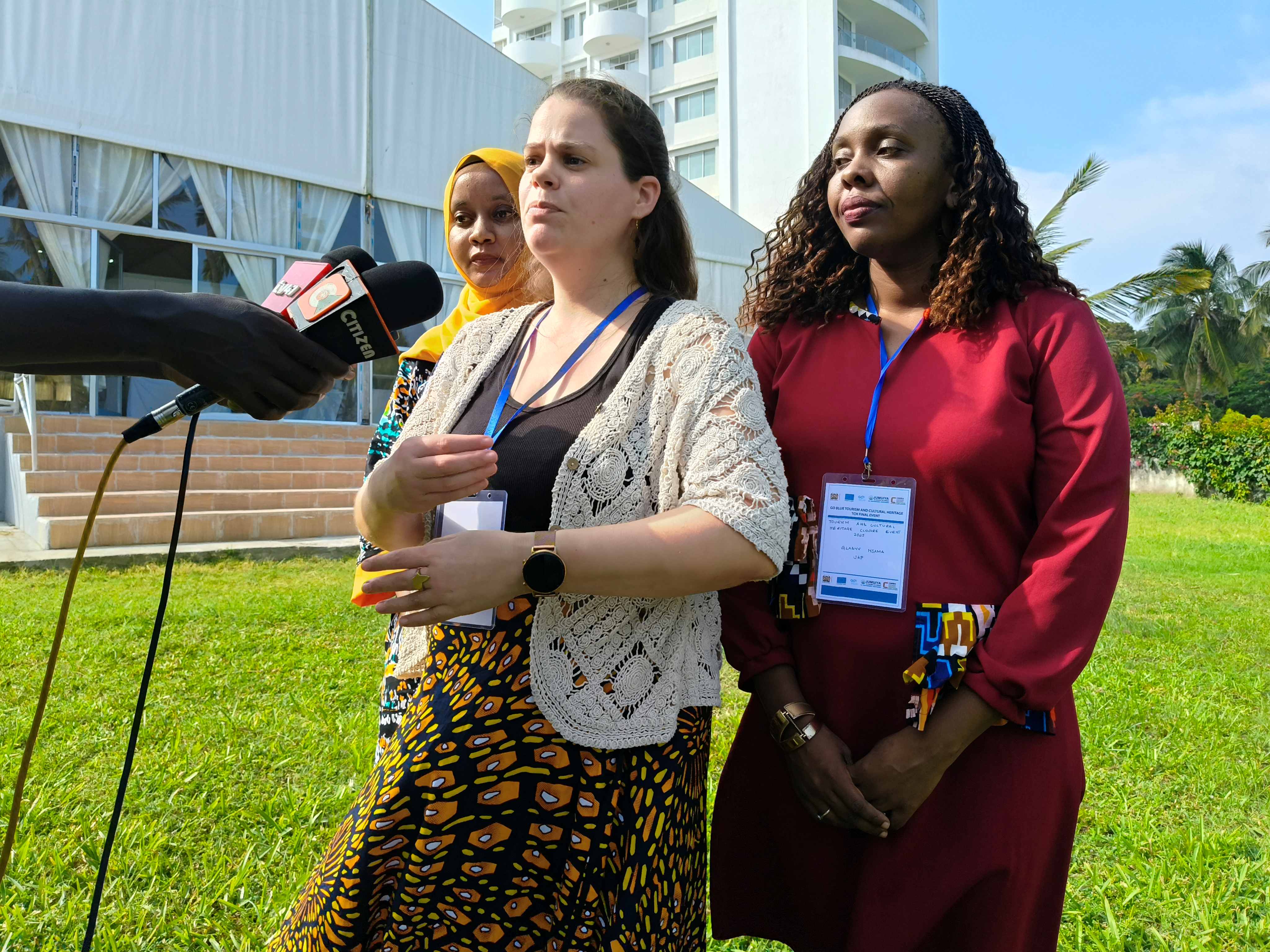 Mumina Mohammed, Sophia
Stephens, Gladys Mjama at the Baraza International Conference Center in Kilifi on
Friday / BRIAN OTIENO
Mumina Mohammed, Sophia
Stephens, Gladys Mjama at the Baraza International Conference Center in Kilifi on
Friday / BRIAN OTIENO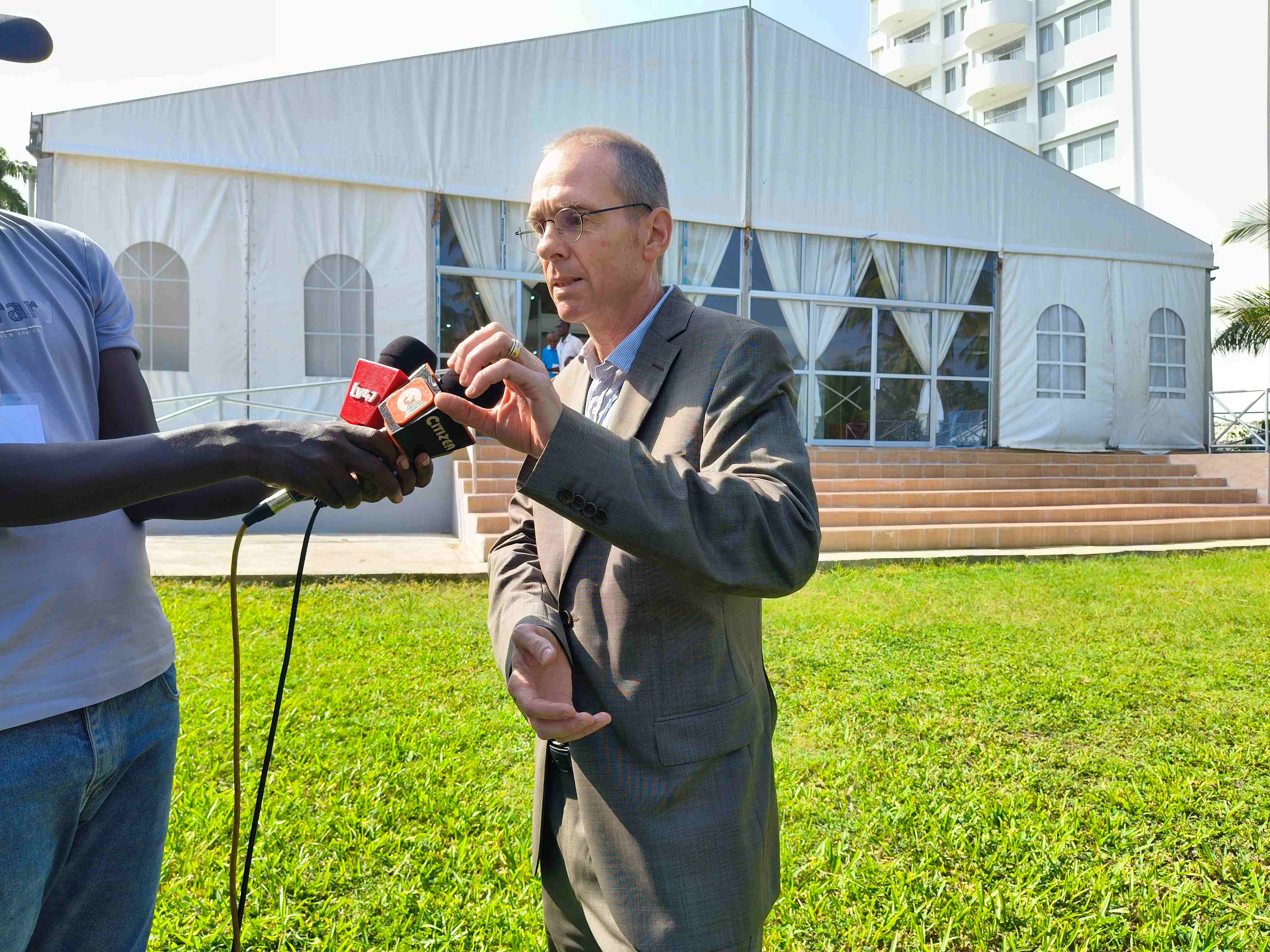 EU delegations’
Mathew Brooke at the Baraza International Conference Center in Kilifi on Friday
/ BRIAN OTIENO
EU delegations’
Mathew Brooke at the Baraza International Conference Center in Kilifi on Friday
/ BRIAN OTIENO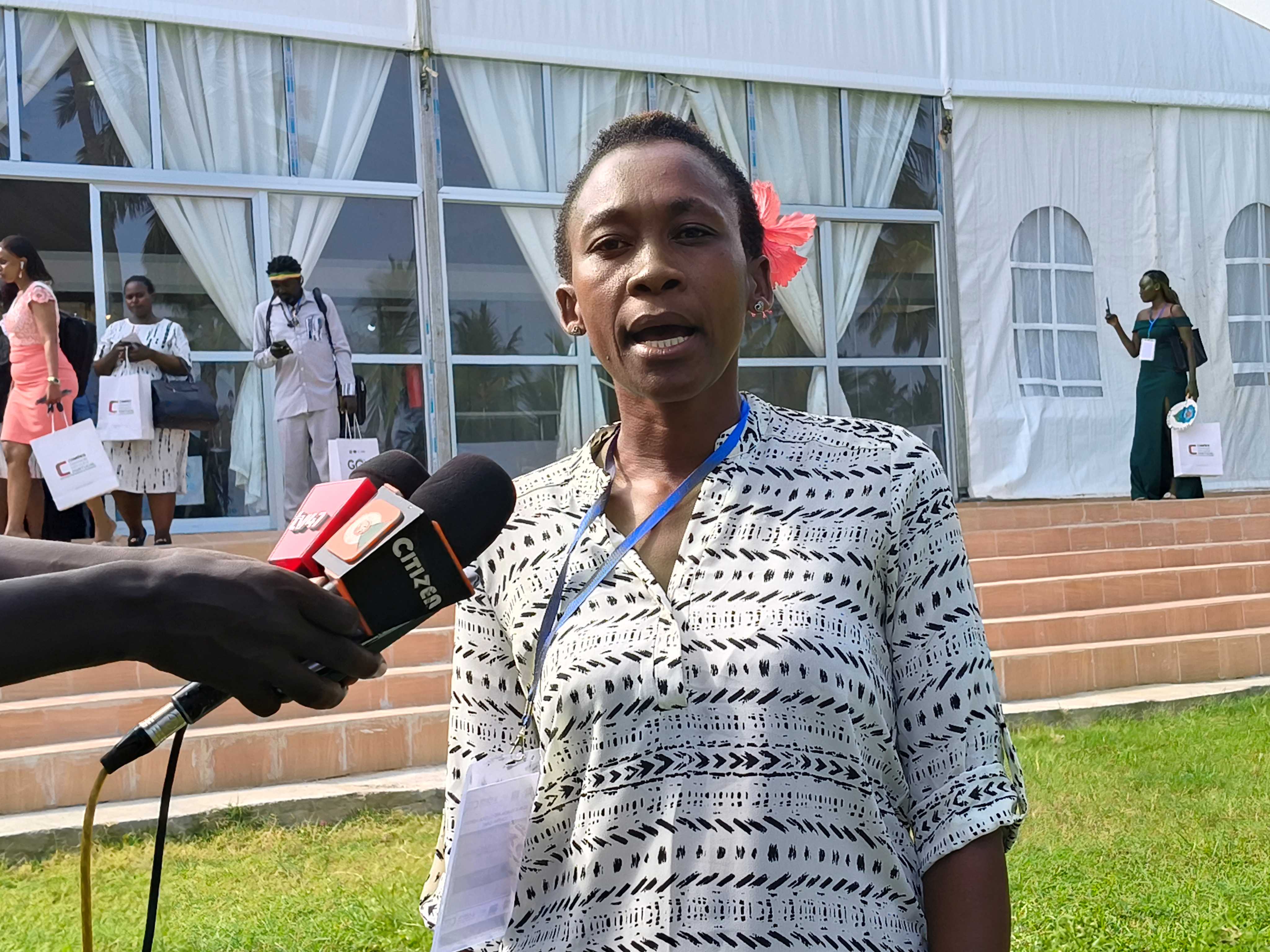 Kilifi county
director of tourism Mary Kabane at the Baraza International Conference Center
in Kilifi on Friday / BRIAN OTIENO
Kilifi county
director of tourism Mary Kabane at the Baraza International Conference Center
in Kilifi on Friday / BRIAN OTIENO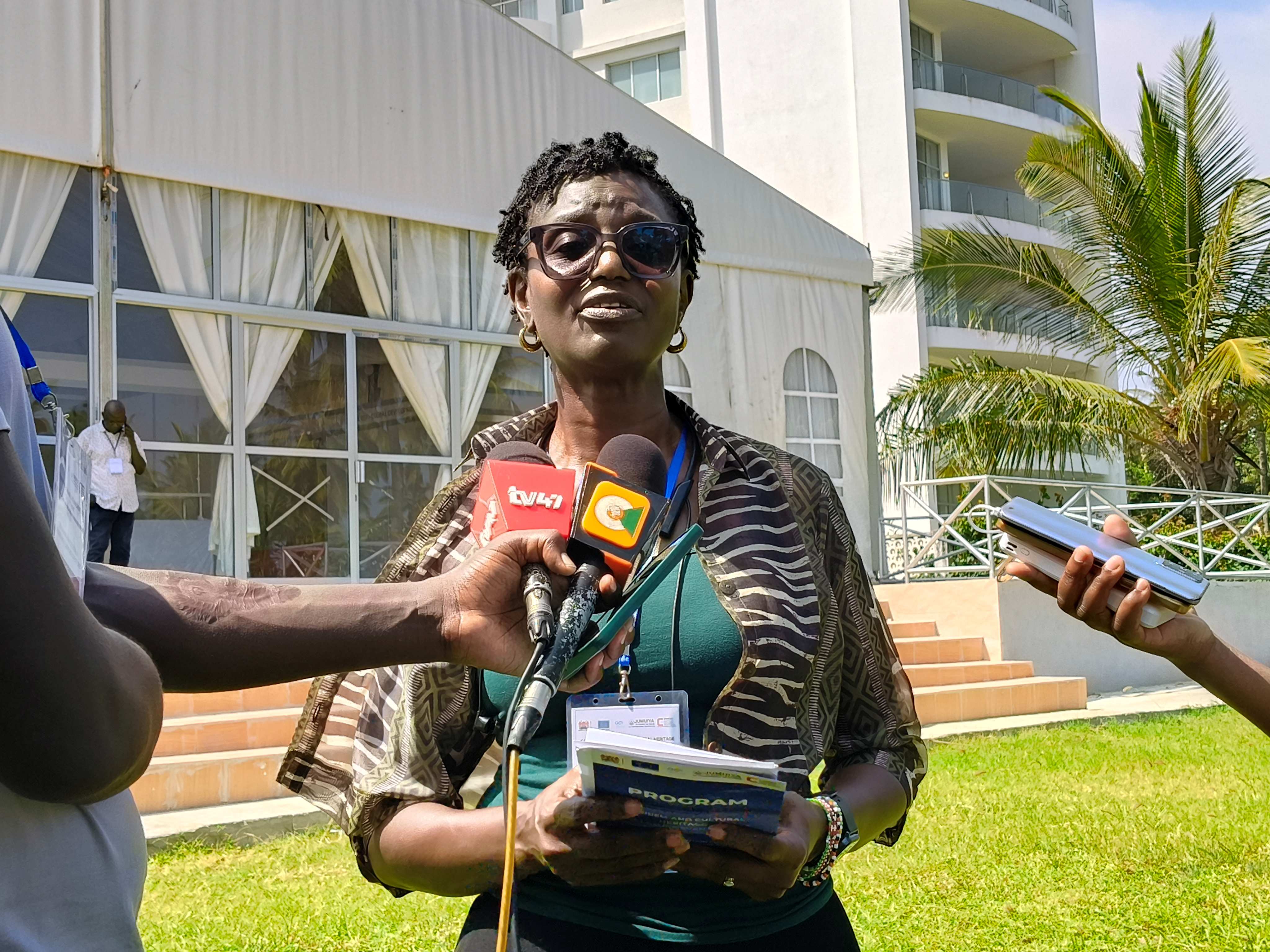 Sustainable Travel
and Tourism Africa founder Judy Kepher-Gona outside the Baraza International
Conference Center in Kilifi on Friday / BRIAN OTIENO
Sustainable Travel
and Tourism Africa founder Judy Kepher-Gona outside the Baraza International
Conference Center in Kilifi on Friday / BRIAN OTIENOThe culture and
heritage tourism potential has not been tapped at the Coast region, yet it
provides an authentic experience for tourists.
Stakeholders blame
lack of proper packages that can be sold to actual and potential tourists for
the situation.
Sustainable Travel
and Tourism Africa founder Judy Kepher-Gona on Friday said Kenya is part of the
Western Indian Ocean countries, most of which have built their tourism industry
on beach tourism.
However,
communities living in these Western Indian Ocean countries have been mapped to
be poor despite living adjacent to some of the top world beaches in the world.
“They have been
left out of the tourism industry because what they have in terms of culture and
heritage has not traditionally been included within the blue economy,” Kepher-Gona
said.
She spoke at the
Baraza International Conference Center in Kilifi on Friday during the close of the
Tourism and Cultural Heritage component, one of and the last pillar of the Sh3
billion Go Blue project, which started in 2021.
The key objective
of the component was to develop the culture and heritage tourism within the blue
economy.
“In particular we
are talking about the blue tourism that is inclusive, that goes beyond the beach
and ocean, and looks at other assets and opportunities that are available in
the Coastal counties,” Kepher-Gona said.
The TCH in the Go
Blue project was aimed to create awareness and visibility of alternative
tourism that are part of the blue economy.
Some 650,000 euros
(about Sh97 million) was disbursed to 16 small community organizations at the
Coast to advance culture and heritage tourism.
The organizations
and their products were also integrated in the value chain of the Coastal blue
economy tourism.
“Today we have 16
successful community organizations that have developed culture and heritage
products. Most have been integrated into the tourism value chain of this area.
“They are being
sold through communities, hotels, cruise ship industry and are benefiting from
domestic tourism because they have been given visibility,” Kepher-Gona said.
She said the community
organizations have been capacitated and now know how to package, price and make
visible their products, and link them to traditional tourism products in the Coastal
areas.
“They are now
receiving revenues of up to Sh3 million,” she said.
Mary Kabane, the
Kilifi county director of tourism, said diversification of tourism products has
led to more opportunities for Coastal youth who have been able to use culture
and heritage not only as a way of life but also an income generating activity.
She said cultural enthusiasts
have helped increase the tourism products in the Coastal areas.
“This way, we are
also telling the youth to preserve their cultures and not leave it to the old
men so that when they go they go with the culture,” Kabane said.
EU delegations’
Mathew Brooke said the Go Blue Investment project which was being implemented
in the six counties of the Coast region under the Jumuiya ya Kaunti za Pwani (JKP)
has been a success.
Brooke said the
project, especially the Tourism, Culture and Heritage component, has made youth
in the Coastal counties appreciate culture and heritage not only as a social
asset but also an economic one.
“They have been
building on this asset in order to turn it into an economic opportunity and
employment,” Brooke said.
In the European
Union, Brooke said, eight per cent of employment is in the sectors of culture and
tourism.
So, he said, there
is plenty of margin to build on that.
“There is a
tremendous basis already established in Kenya,” he said.
Brooke said he has
been particularly impressed by the logic adopted by the community organizations
which have turned their own cultures and heritage into economic opportunities
rather than depending on support every time.
He said the collaboration between the local governments, the community organizations and the European Union has been impressive and sustainable.
INSTANT ANALYSIS:
Kenya’s culture and heritage tourism includes exploring historical sites like Lamu, Old Town and Fort Jesus, visiting indigenous communities like the Maasai, experiencing traditional arts and crafts, attending vibrant festivals like the Tobong’u Lore Lake Turkana Cultural Festival and the Lamu Cultural Festival. These experiences offer visitors an opportunity to engage with the country’s rich traditions, history and diverse ethnic groups.












